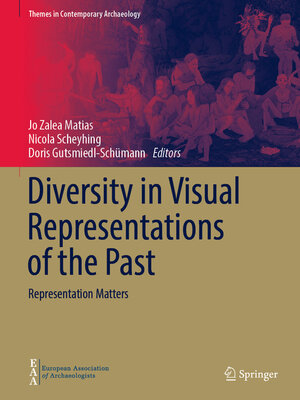Diversity in Visual Representations of the Past
ebook ∣ Representation Matters · Themes in Contemporary Archaeology
By Jo Zalea Matias

Sign up to save your library
With an OverDrive account, you can save your favorite libraries for at-a-glance information about availability. Find out more about OverDrive accounts.
Find this title in Libby, the library reading app by OverDrive.



Search for a digital library with this title
Title found at these libraries:
| Library Name | Distance |
|---|---|
| Loading... |
This volume presents an overview of the diversity - or lack thereof - in visual representations of the European past that are found in archaeology, museums, and media. While publications discussing gender stereotypes in European archaeological media exist, other identities remain underrepresented - namely, Black, Indigenous, and People of Color (BIPOC), those with visible and invisible disabilities, and very young and very old. This volume offers insight into these gaps in European media and archaeology, while also providing alternative explanations for interpreting these often-stereotyped identities and methodologies for inclusion.
The chapters within this volume are divided into four themes.Themes cover the development of images of the past and discusses how images are chosen in museums. The book identifies who is missing in images of the past, with topics on representing individuals with disabilities/children in museums, the Other in Roman art, and Scythians in museums and books and critiques approaches to representation and diversity in media, such as in textbooks, popular media, and children’s books. Finally, the book challenges the lack of diversity and a proliferation of stereotypes in images of the past and asks, how do we improve on them and create new ones. Overall, this book addresses the need for diversity in images, both within academic archaeology and with the broader public.







